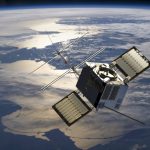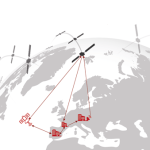Weekend Read: Refresher on the DOT CPNT Action Plan
This week, Inside GNSS covered a new solicitation for proposals from the U.S. Department of Transportation for solutions in Complementary Positioning, Navigation and Timing (CPNT). This solicitation builds from the DOT’s CPNT Action Plan, issued in September 2023.
By Inside GNSS













